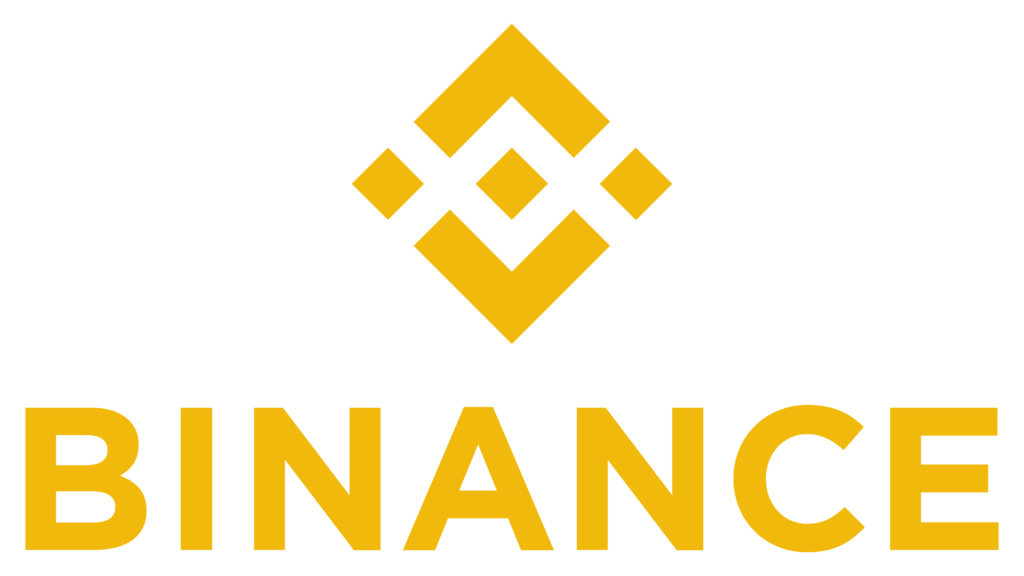
Introduction
The advent of blockchain technology has revolutionized various industries, including finance, supply chain, and healthcare. Among the multitude of blockchain platforms available in the market, Solana has emerged as a leader due to its unique technical features. This article will delve into the technical aspects of Solana’s blockchain technology, discussing its fast transaction processing capabilities, scalability, and other defining features.
Fast Transaction Processing
Solana’s blockchain technology is known for its exceptional transaction processing speed. It uses a unique consensus mechanism called Proof-of-History (PoH), which enables the network to order events without the need for traditional consensus algorithms like Proof-of-Work (PoW) or Proof-of-Stake (PoS).
PoH ensures a low-latency and high-performance network by providing a sequence of verifiable timestamps for each transaction. This enables Solana to process up to 65,000 transactions per second (TPS), significantly outperforming most other blockchain platforms.
Scalability
Another remarkable aspect of Solana’s technology is its scalability. Traditional blockchain platforms face scalability challenges as the number of participants and transactions increase. Solana addresses this issue by utilizing a unique mechanism called Tower BFT.
Tower BFT is a consensus algorithm that divides the network participants into different nodes, known as validators. These validators work together to reach consensus on the state of the blockchain. By splitting the validation process among multiple validators, Solana achieves horizontal scalability, allowing the network to handle an increasing number of participants and transactions without sacrificing performance.
Other Unique Features of Solana
In addition to its fast transaction processing and scalability, Solana offers several other unique features that make it stand out among its competitors. These include:
1. Smart Contracts: Solana is compatible with smart contract language Rust, making it easier for developers to build decentralized applications (dApps) on the platform.
2. Multi-Language Support: Solana’s blockchain technology supports multiple programming languages, including C, C++, and Rust. This flexibility enables developers to leverage their existing skills and tools, reducing the learning curve required to build applications on Solana.
3. Low Transaction Costs: Solana boasts low transaction costs, allowing users to execute transactions without worrying about astronomical fees.
Comparing Solana and Alternative Blockchain Platforms
Here’s a table comparing some key features of Solana, Ethereum, and Cardano:
| Feature | Solana | Ethereum | Cardano |
|---|---|---|---|
| Launch Date | March 2020 | July 2015 | September 2017 |
| Consensus Algorithm | Proof of History (PoH) + Proof of Stake (PoS) | Proof of Work (PoW) + Transitioning to PoS (Eth2) | Proof of Stake (PoS) |
| Transaction Speed | 65,000+ transactions per second (TPS) | ~15 transactions per second (TPS) | TPS will be determined with future network upgrades |
| Scalability | High | Scalability challenges due to PoW | Emphasizes scalability and sustainability |
| Smart Contract Support | Yes | Yes | Yes |
| Programming Language | Rust, C, C++, Go | Solidity | Plutus (Haskell-based) |
| Governance Model | Decentralized | Decentralized | Decentralized |
| Interoperability | Native cross-chain interoperability | Limited interoperability | Emphasizes interoperability |
| Ecosystem Development | Rapidly growing ecosystem and developer support | Mature ecosystem with extensive developer support | Growing ecosystem with focus on academic research |
| Token | SOL | ETH | ADA |
| Market Capitalization | Varies (subject to change) | Varies (subject to change) | Varies (subject to change) |
FAQs
1. What is PoH, and how does it enable fast transaction processing?
Proof-of-History (PoH) is Solana’s consensus mechanism that provides verifiable timestamps for transactions. It eliminates the need for traditional consensus algorithms and ensures a low-latency network capable of processing up to 65,000 transactions per second.
2. How does Solana achieve scalability?
Solana achieves scalability through Tower BFT, a consensus algorithm that divides the network into multiple validators. This horizontal scalability allows Solana to handle an increasing number of participants and transactions without compromising performance.
3. What programming languages are supported on Solana?
Solana supports multiple programming languages, including Rust, C, and C++. This provides developers with flexibility and reduces the learning curve required to build decentralized applications on the platform.
Conclusion
Solana’s revolutionary blockchain technology offers unparalleled transaction processing speed, scalability, and unique features that make it a prominent player in the blockchain ecosystem. Its PoH consensus mechanism, combined with Tower BFT and multi-language support, sets it apart from other blockchain platforms. As organizations and developers increasingly seek efficient and scalable solutions, Solana’s technology is likely to play a significant role in shaping the future of decentralized applications.







